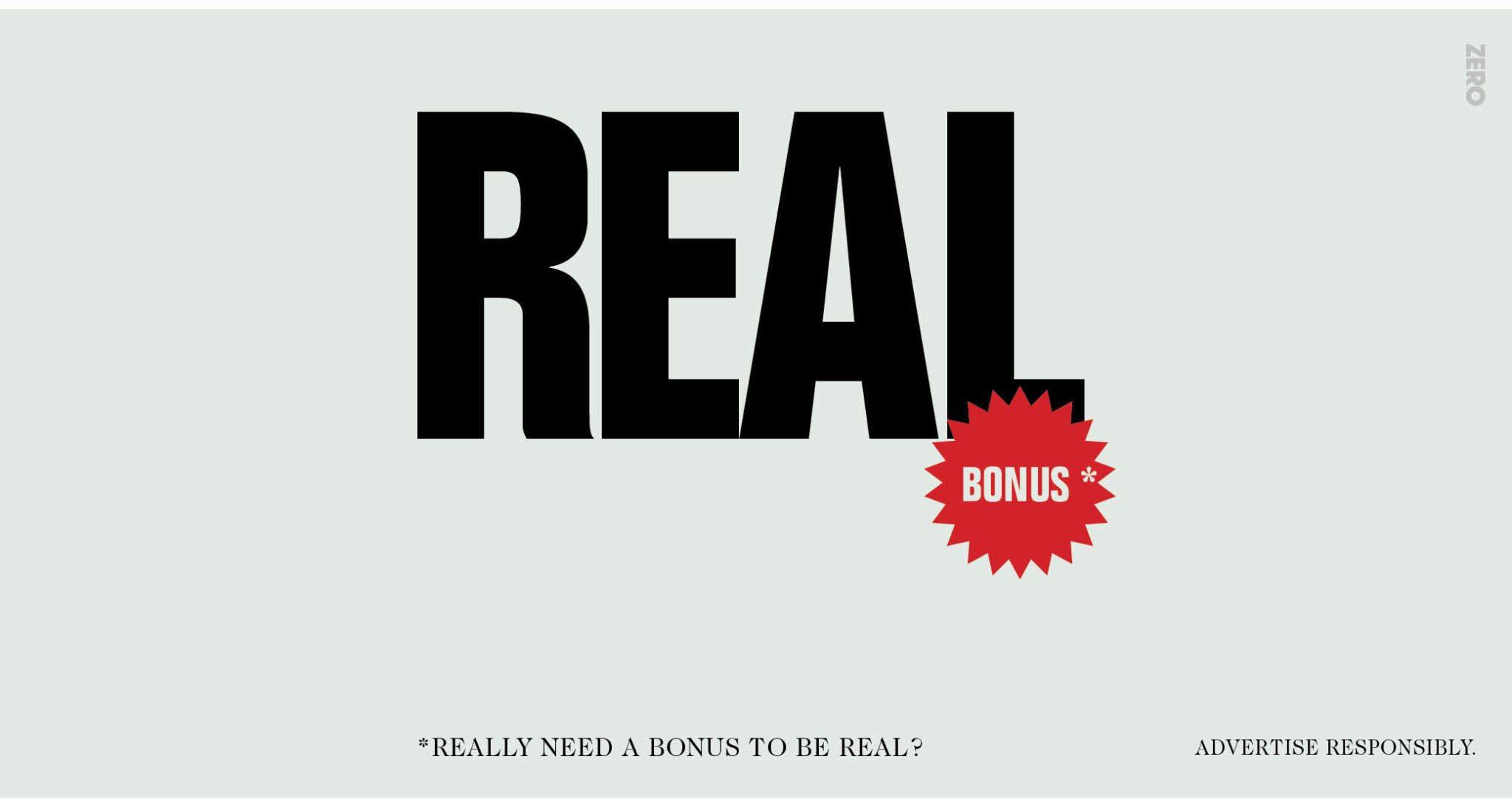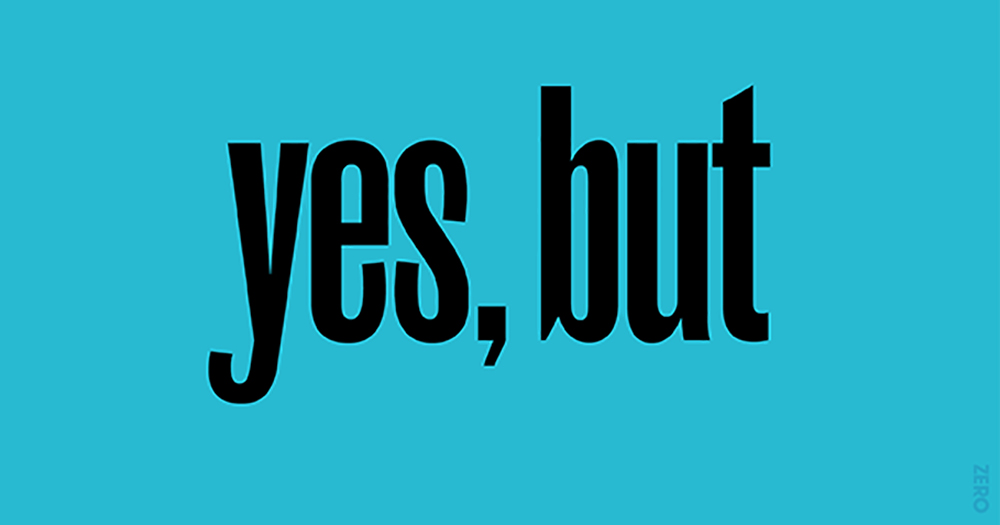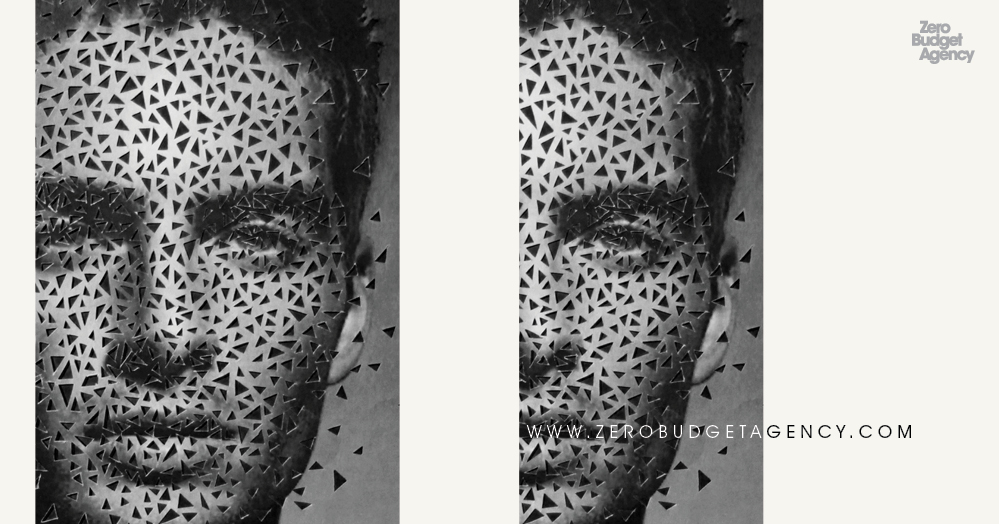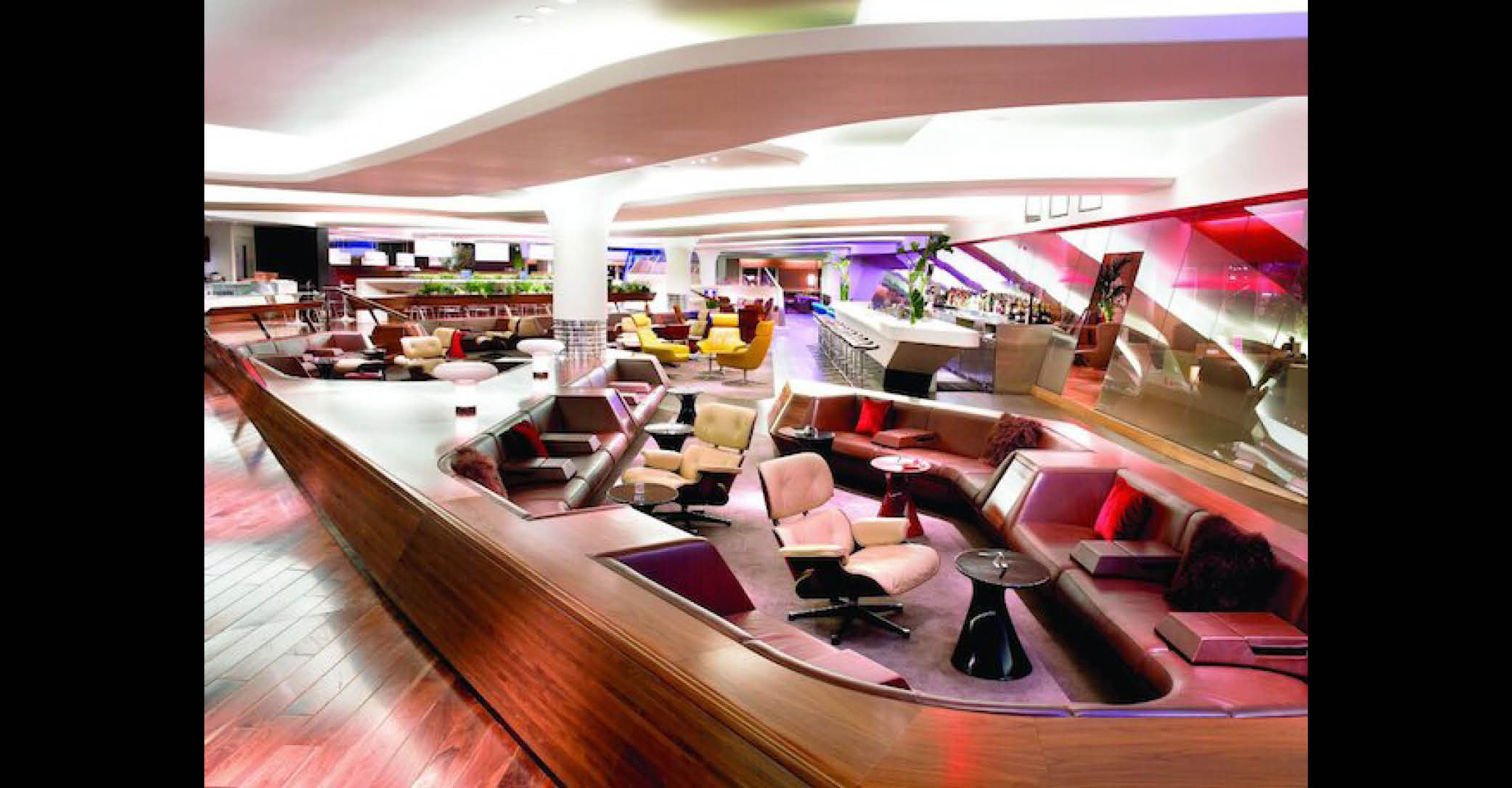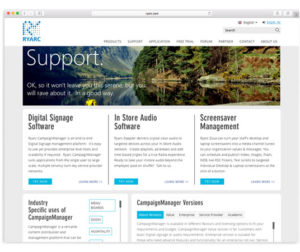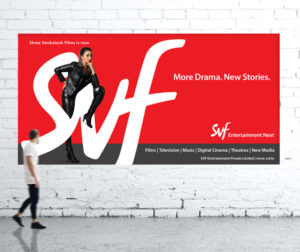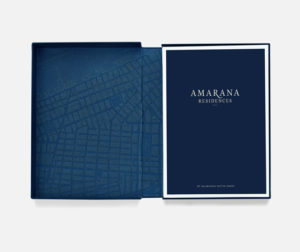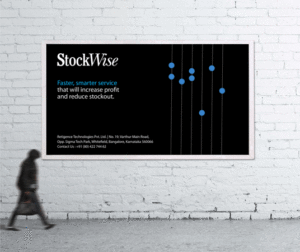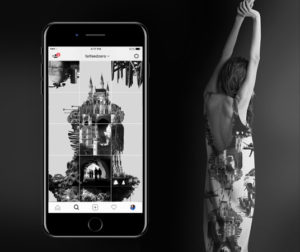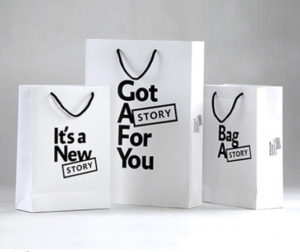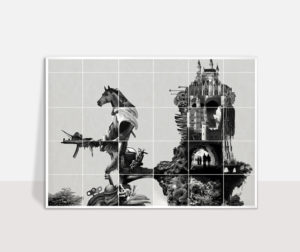Html validation heading
For a very underrated customer insight.
For all that you’ve been meaning to take over.
Happy Independence Day!
What is the point of
Exaggerating;
Up-selling;
Promising, and not keeping them;
The person you are speaking
to you is probably smarter than you.
If not, she has Google.
It might be a good idea
to build honest brands,
tell more truths.
May help sell.
It’s been fun and refreshing to
create these mini videos for our snapchat.
These are created in our studio, within fifteen minutes.
More to come…
On the eve of the weekend
before Independence Day –
Happy 69!
Yes, but in four years…
Yes, but he doesn’t…
Yes, but I’m not sure…
Yes, but when I am…
Yes, but that’s impossible…
Yes, but how?
Yes, but why?
How often does a but follow your yes?
People react to what they see. Every single time.
It may be worth the effort to give them something interesting to see.
Even if it’s just a face.
How they see you will add up to become a brand, a reputation.
Introducing our coffee machine.
Our star attraction.





When you run a business, you’ll occasionally need help from professionals like accountants or lawyers.
Most people are well versed in this particular breed of specialist, but from time to time you might need a different type: the creative type.
When it comes to the services rendered by creatives the waters can seem a bit more murky. For those of us who don’t understand the more nebulous skills of a professional creative it can be daunting to find the right person for the job, not to mention briefing and evaluating their work.
Yet, more than any lawyer or accountant, the work creatives do for you will be the most obvious thing people see—they create the interface between you and your customers. So it is essential that you learn how to make the most out of this process.
After years of working as a creative director at ad agencies, I’ve learned a thing or two about working with (and sometimes wrangling) a wide range of creative professionals.
From finding the right person, to briefing, working with, and giving them feedback, here are some tips on how to communicate with (and get the best out of) your creative before, during, and after a project.
Before: Finding the right creative
Before you even start, you need to understand that creative professionals come in different shapes and sizes. Each brings their own unique perspective and set of skills to the table and it is important to use the right person for the right job.
Here are some examples of creatives you’ll come across:
1. Graphic designers (brand identity, flyers, reports)
2. Interactive designers (mobile, web, app)
3. Copywriters (not just able to write zingy copy but also to conceptualise ideas for great campaigns)
4. Strategists (people who can translate your business needs into a marketing and advertising plan)
As with any professional, you get what you pay for. It might not work 100% of the time, but a good rule of thumb is that the busier and more expensive a creative’s services are, the better the service is that they are likely to deliver.
Remember, this is the face of your company you’re dealing with.
Writing briefs: Tight, loose, and how to find the sweet spot
Once you’ve found the right professional to work with, it’s time to explain the work that needs to be done and your expectations. This is usually called a brief, and it’s the perfect place to set the tone for your entire project.
The better the brief, the better the result.
So, how do you write the best brief?
First, I need to let you in on a basic, yet easily missed part of the creative process. It’s a bit of a secret, so lean in.
Creativity needs a problem to solve.
The reason why blank canvasses are scary is because there is no question. Anything is possible and we fall into option paralysis. Instead of being excited by the open possibilities, we’re faced with too many choices and our brain shuts down. Psychologist Barry Schwartz wrote an entire book about the paradox of choice and found that we’re actually happier and more satisfied when only given a smaller amount of options to choose from.
Similarly, once you create a framework of limitations to operate within the brain suddenly has an obstacle to jump over and starts to gather strength.
Draw a woman, but it has to be a stick figure so I have to know it is a woman by just looking at the way she stands.
Now there is a well-defined problem! The brain has something to compute and to solve and suddenly the canvas is not so scary. So it gets to work, producing a character with effeminate body language. Job done.
On the other hand, imagine you tell a designer: Oh, I don’t know, just design what you think?
Well, you have almost zero chance of getting something back that you will like—and the designer will hate every second of the time spent on your project.
You need to give your creative partner tight parameters to operate in.
We call this the freedom of a tight brief.
But (and this is a big one) apply caution. This can also be a quick way of shutting down creativity.
A good friend of mine tells a great story that illustrates my point beautifully:
My friend used to consult on the Virgin business. Once he found himself waiting for a connecting flight in the Air France business class lounge, and how he could literally see the brief to the interior designers: Aspirational, contemporary, discernible taste.
It was all reflected in the sleek lines and the finely finished wood panelling.
Then, he cast his mind back to the time when Richard Branson briefed his interior designers to come up with a concept for the Virgin Atlantic Lounge at Heathrow: Make me a place people will want to miss their flight for.
In one simple sentence, Branson captured the essence of his brand while giving the designers the freedom to bring their own flair and imagination to the table. He gave them the outcome of what he wanted their work to achieve without being prescriptive on how it should be done.
This is an example of a great, balanced brief—one that is sure to ignite a creative’s imagination.
Writing your own inspirational brief
If you can write your brief in one sentence like that, great. But chances are you will need a little more information to help explain your idea.
Here is a framework of items to include (you can even use these headings to help organize):
1. What is needed: briefly describe what you need. It could be anything from ‘a simple logo’ to ‘a launch campaign to make us famous’.
2. Who are we talking to: give a sense of who your intended audience is. Perhaps it is your core customer, or it could be ‘local media personalities’ if you’re having an invite designed to a PR event.
3. Budget: Outline how much money you have to spend on production. While some people hate talking about money, it’s important to be accurate in your estimation as if you get it wrong either way you will be disappointed and the creatives would have wasted their time.
4. What we want the audience to feel and think: This is what the work they’re creating must evoke in people. Don’t be scared to describe the emotions. People are more emotional than rational and creative people understand this language well.
5. The single thing you want to get across: Communication works well when it is single-minded. Your message has to compete with thousands of other tweets and beeps in real time. The simpler the message, the better the chance you have of successfully sticking with people.
Rule of thumb: If this document exceeds one printed page it is getting a little long. One and a half pages maximum! Most creative people have short attention spans so don’t burn them out before they even start.
During: The balancing act of managing a creative project
Once the process is underway it is important to consider a few things:
First off, great work takes time. Ask the person what a reasonable timeframe is and stick to it. You don’t want to take a bread out of the oven before it is baked, and the same principle applies with great creative work.
But that doesn’t mean you should leave them to their own devices. Check in from time to time and make sure the brief remains clear throughout. A creative person may agree that everything is clear in the beginning but could find gaps or develop questions while working on the project.
Here are some more do’s and don’ts:
- DO:
1. Have clear but reasonable deadlines
2. Keep referring to the brief and communicate early if anything in the brief changes
3. Set up a follow-up phone call / meeting to discuss feedback (rather than just email or text)
4. Give them a sensorial taste of the business
5. Tell stories about your business: How it came to be, where it comes from, your dreams, your passions. Again, remember, story and emotion are things these people understand very well and thrive on.
- DON’T:
1. Beat around the bush. Creative people are by nature very intuitive. Just say it the way it is and you’ll build their trust.
2. Treat them like children. They have a serious skill and ability that will add huge value to your business. Patronize them at your peril.
After: Evaluating the work
No matter how long a creative person has been doing their job, bringing fresh creative work to the table involves a measure of vulnerability. Please keep that in mind when they show you their finished work.
I always like to start with what I like. When you go through each slide or layout or suggestion talk about what aspect of it you find appealing. Then also be honest about the aspects that don’t work for you. The more honest you are, the better they will understand what your requirements are. Being balanced in your feedback will help you get there.
You might be tempted to get the points of view of people you trust, like friends and family. By all means, go for it. But take what they say with a grain of salt. Remember, you need to think like your customer and unless your wife falls into the same demographic, her feedback is just another subjective perspective.
The creative industry is a business of opinions and there is no real right or wrong. However, in most cases, I would trust the opinion of the most qualified person at the table: and that is generally the person you’ve hired because of their training and experience.
The investment you make in finding the right creative talent and working with them to get to the right solutions will have a direct bearing in how your brand is perceived in the world by your customers and beyond.
Find the right people or teams, give them the freedom of a tight and inspirational brief and then work with them in partnership and respect and you will get the work that your effort deserves. Nothing but the best.
Image credit: Andrew Illarionov, Chris Guillebeau
Source: http://blog.crew.co/creative-communication/


